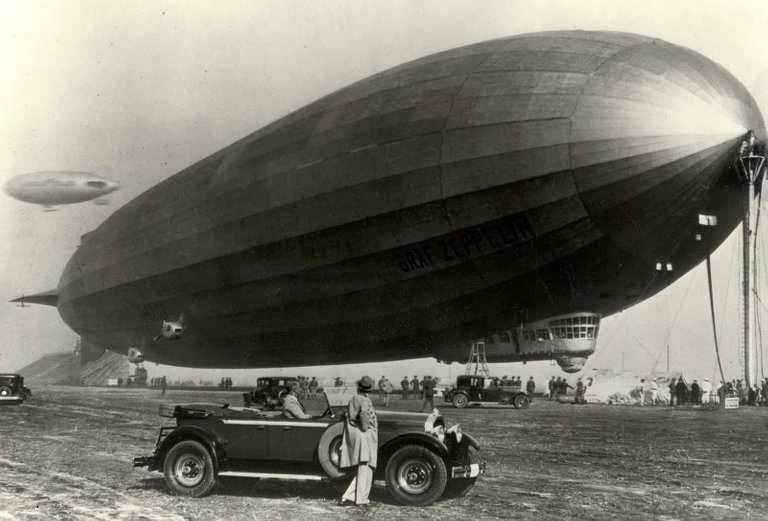The Zeppelin attacks on England during the First World War
Can you imagine? You live in a small seaside town on the East Coast of England. It is about six months into the First World War. You know about the horrors of war but you think you’re safe at home.

After all, wars are really men fighting other men on foreign soil, aren’t they?
Then, one evening, you see an enormous airship (like the one you see here) looming right overhead. No, war is no longer men fighting other men in foreign lands. Now German air power is over your town, intent on dropping bombs on your home, your family and your children.
My gran was twenty three.
Although my genealogy researches are still a work in progress, I suspect that she had been married when she was in her teens to a man some ten years older than herself and had at least one child; a daughter of five years old. I suspect that she also had a son (if not, then my grandmother was probably pregnant with him when the German Zeppelins mounted their air raid on her home town.)
Can you imagine the fear? That night, in addition to many injuries and a huge amount of property damage, two people were killed – the first civilian casualties of airborne warfare.
It seemed that these latter-day ‘weapons of mass destruction’ would change the war. Over the next two years, over 550 civilians, mostly women and children, we killed by these almost-silent aircraft. What could England do?
We didn’t have the Royal Air Force. We had the newly-established Royal Flying Corps made up of often-untrained men using planes (which has only been invented comparatively recently) which were constructed from wire, wood and canvas.
Anti-aircraft guns did not exist. Air raid precautions did not exist. People were being killed and injured in their homes, the streets and even in some heartbreaking instances, their schools.
The book that you see above is the definitive history of the Zeppelin during the First World War. Why was it so immensely powerful? And even more interestingly, how could this stealthy and highly destructive killing machine possibly fail?
The Royal Flying Corps
When my gran saw that first Zeppelin high in the sky over Great Yarmouth in 1915, I doubt she had yet met the man who would become the love of her life and who she would stay with until his death during the Second World War – the man who eventually became by grandad.
He was also twenty three years old and a mechanic in the newly-formed Royal Flying Corps.
He is the fifth from the right in the photograph above – the tiny face you can see against the body of the primitive aircraft.
I don’t believe that he was in Great Yarmouth in 1915 but he certainly was in 1917 when not one but three German Zeppelins were approaching the seaside town – he was stationed there, serving under Major Egbert Cadbury, commander of No. 212 Squadron.
Although just a mechanic, he would later tell my dad that he and his fellow workers would often take the planes up - test drives, if you like.
On August 5th 1917, the three Zeppelins were spotted approaching the town. One, L70, was carrying the head of the German naval air services,Peter Strasse. The pilots were not expecting this attack and even appeals were made in local cinemas were made for squadron members to return to base immediately.
Now comes a theory for which I have no evidence :)
Thirteen planes took off to attack the Zeppelins, each containing two men. Despite much research, I have only been able to discover the names of three crews.
Major Cadbury shot down L70, the airship containing Peter Strasser causing the other two to retreat in horror at the resultant fireball.
Very interesting read, but please leave sources for your posts in the future :)
A big warm Steemit Sunday greeting goes out to you Kassie! :-D
Upvoted and High Pawed!
Plus Bonus. :-)
Flatrider
Thank you very much !!!
You are most very welcome KV! :-D
Fascinating history. The Zeppelins, though majestic in design, were used for the wrong purposes. Thanks for sharing, @kassie-vegas!